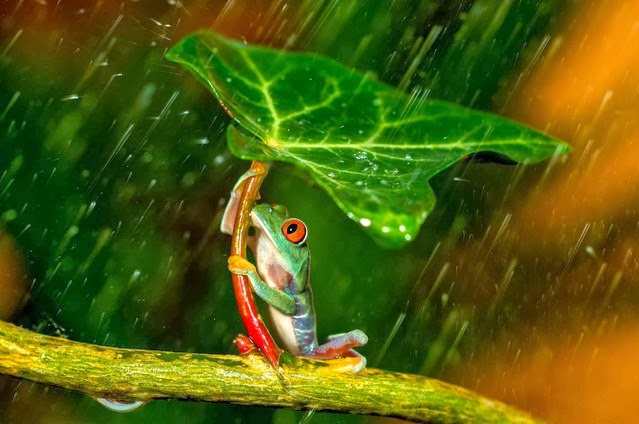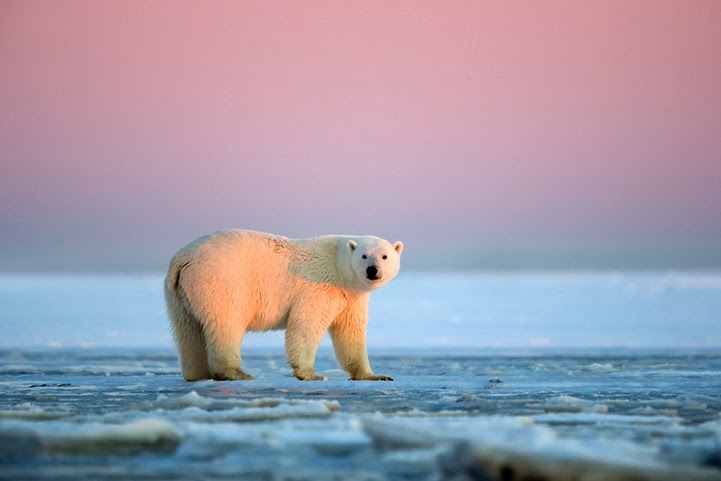The Raccoon Dog is native to East Asia; it was brought to European Russia at the beginning of the nineteenth century and has since spread to other parts of Europe. Because of the white area around its snout, it strongly resembles a Raccoon, but the black band on its face is broken into two parts. The forehead is light, and an even lighter, almost white area stretches over the entire neck. The ears have dark borders, the back is mottled grey with dark stripes.
The chest, belly, and legs are black, the tail is unstriped and dark on top, light underneath. The legs are all the same length. Raccoon Dog is about 60–80 cm long, and the tail measures up to 20 cm. Its height at the shoulder is 20–30 cm, and it weighs up to 10 kg. The Raccoon Dog’s thick fur exaggerates its true size. Raccoon Dogs live in deciduous or mixed forest with thick underbrush, usually near water or swamps, and in open landscapes with wet areas and areas with bush cover.
It is not a shy animal, so you might also see it near or in inhabited areas.Raccoon Dogs do not hibernate, but like Eurasian Badgers, they remain in their den for several days if there is a severe frost or heavy snow. The prints of Raccoon Dog always show four toes set an equal distance from the central pad print, as well as clear claw marks.
The front footprint is 4–5.5 cm long and about 4.5 cm wide, the rear footprints are somewhat smaller, 4–4.5 cm long and about 3.5 cm wide; the stride is about 40–60 cm. The tracks can resemble those of a fox, although the latter are more elongated. There is essentially no visible difference between the tracks of a domestic dog and those of a Raccoon Dog, and the latter may also be confused with the tracks of a domestic cat, even though the cat’s footprints never show claw prints.
A male and female often hunt together, and one often sees the prints of two animals in the same place. The footprints are often found on the muddy shores of lakes or streams or in marshy areas. At the water’s edge, one may often also find paths that are regularly used by the animals.A Raccoon Dog can dig its own den, but it will also use old Eurasian Badger and fox dens, or live in natural cavities: in hollow trees, under roots, or between stones and rocks. One will almost always find the remains of prey close by.
Raccoon Dogs live in family groups in established territories, which are, however, not defended vigorously. Like Raccoons and Eurasian Badgers, Raccoon Dogs are omnivores, but they consume mainly small rodents. The scat is somewhat twisted, 5–8 cm long, 1.5– 2 cm thick, and often contains much hair. It resembles domestic dog scat, but is left in piles—in latrines near the burrow or along the edge of territory.
Beware! Raccoon Dog scat should not be touched since it can contain eggs of the dwarf tapeworm (transmitted by foxes), which can be dangerous to human beings. In many places in eastern Europe, this is the reason mushrooms and berries are not gathered in the wild.






















